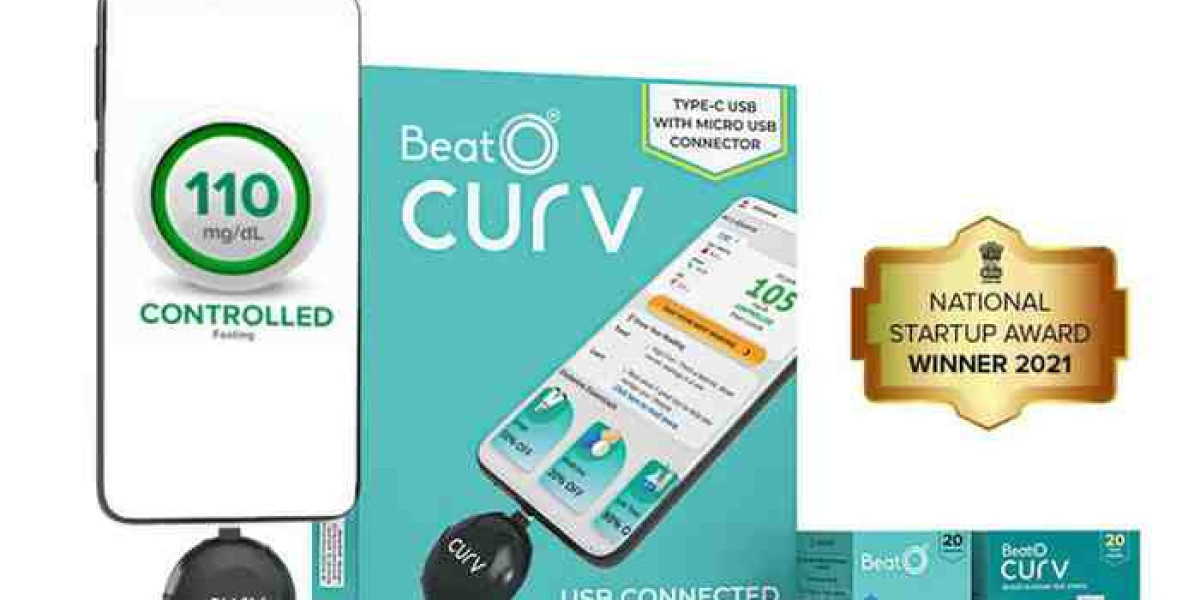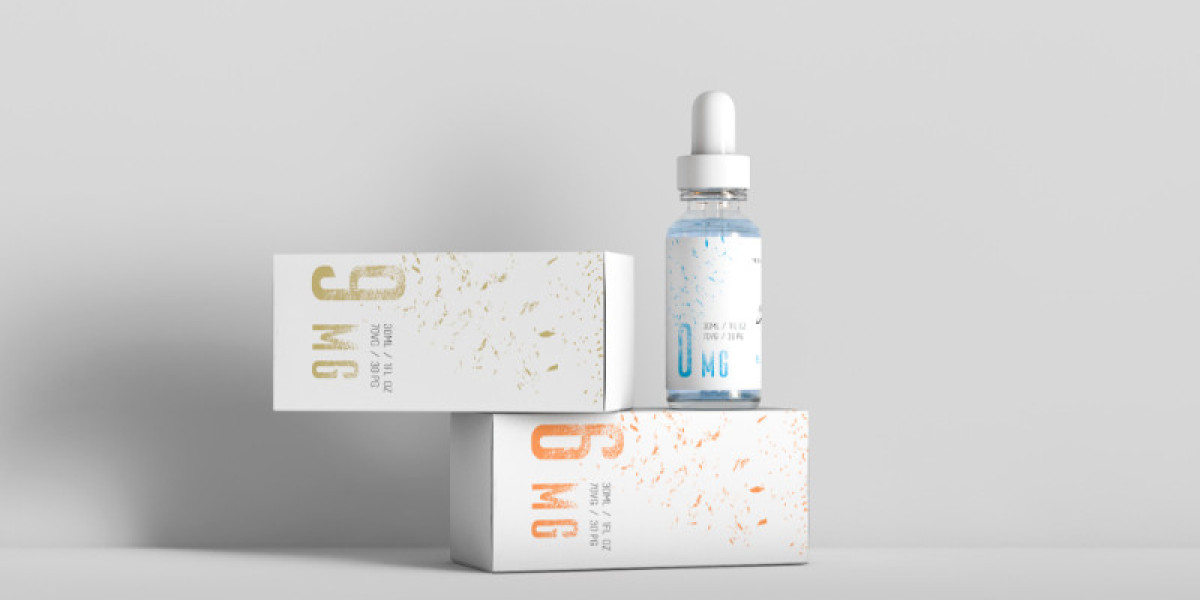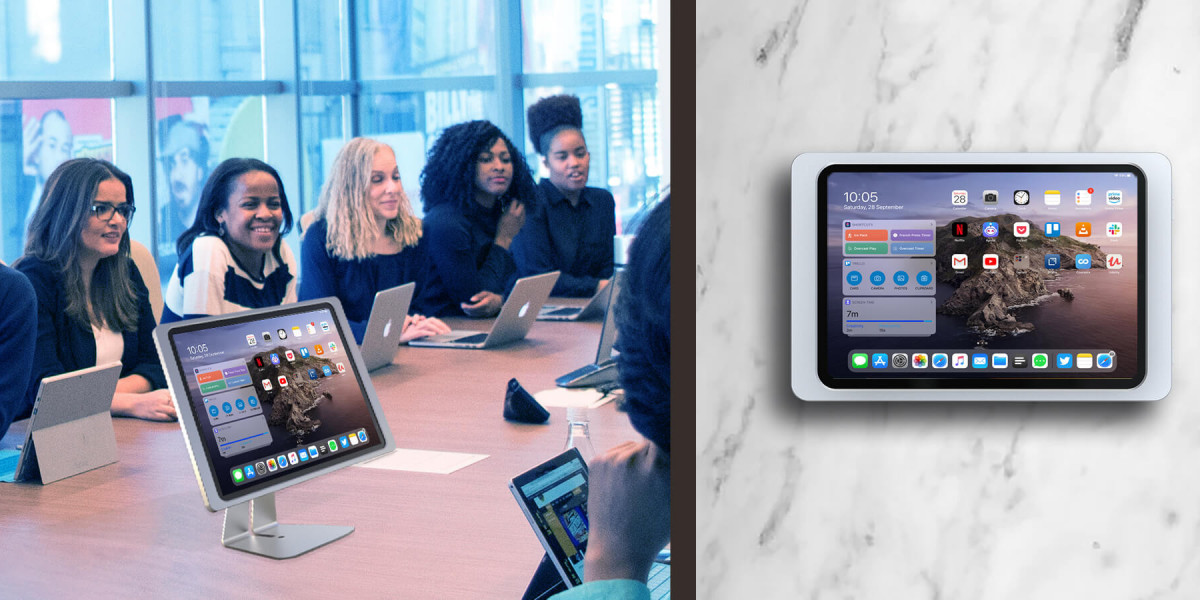Managing blood sugar levels has come a long way, especially with the growing popularity of Continuous Glucose Monitoring (CGM) systems. If you're using a CGM for the first time, you're not alone. More and more people with diabetes and even fitness-conscious individuals are turning to these advanced tools to get real-time insights into their glucose levels.
Whether you're switching from a traditional glucometer or exploring your options, this guide will walk you through what to expect, how to make the most of your CGM, and how it compares to other devices like the best glucose meter or a traditional glucose monitor.
What Is a CGM and How Does It Work?
A CGM, short for Continuous Glucose Monitor, is a small device that tracks your glucose levels 24/7. Unlike a glucometer, which requires finger pricks for every reading, a CGM uses a sensor placed under the skin—usually on the abdomen or arm. This sensor measures interstitial glucose levels every few minutes and sends the data to a receiver, smartphone app, or smartwatch.
Most CGMs come with alert systems that notify you when your blood sugar goes too high or too low, offering a proactive way to manage diabetes. While it doesn’t entirely replace the need for occasional finger-stick tests, it dramatically reduces the need for constant manual checking.
Getting Started: What to Expect
Using a CGM for the first time can feel overwhelming, but the learning curve is short. Here’s a step-by-step overview of what the initial setup usually involves:
- Sensor Insertion: Most CGMs come with an applicator that makes it easy to insert the sensor painlessly under your skin.
- Device Pairing: You'll pair the CGM with your smartphone or receiver using Bluetooth. Some systems work independently while others integrate with insulin pumps.
- Calibration (if needed): Some CGMs require initial calibration with a traditional glucometer to ensure accuracy.
- Data Tracking: You can begin monitoring your glucose levels within a few hours. Most devices generate graphs and analytics that make trends easy to understand.
CGM vs. Glucometer: What's the Difference?
If you’ve used a glucometer before, switching to a CGM might feel like a big step—but it offers several key advantages:
- Real-Time Monitoring: Unlike the spot-checking approach of a glucose monitor, CGMs provide a continuous stream of data, helping you understand how your levels change throughout the day.
- Fewer Finger Pricks: CGMs drastically reduce the need for painful finger sticks, which is a major win for most users.
- Trend Analysis: CGMs help track patterns, such as how food, sleep, and activity affect your glucose levels.
That said, even the best glucometer still has its place. It can serve as a backup or be used to confirm readings from your CGM when necessary.
Choosing the Right Device
With so many products on the market, choosing the best glucose meter or CGM can be challenging. Some popular CGM brands include FreeStyle Libre, Dexcom, and Medtronic Guardian. When selecting a device, consider the following:
- Accuracy and Reliability
- Mobile App Compatibility
- Battery Life and Sensor Longevity
- Insurance Coverage and Cost
If you're still undecided, you might want to use both a CGM and a glucometer side by side for a short period to find what suits your lifestyle and medical needs best.
Tips for First-Time CGM Users
To make your CGM experience smoother and more effective, keep these tips in mind:
- Set Alerts Wisely: Adjust the notification thresholds based on your health professional’s recommendations.
- Use the Data: Don’t just look at the numbers—analyze them. Understanding patterns can help you make better food, sleep, and exercise choices.
- Communicate with Your Doctor: Share your CGM data with your healthcare provider regularly for more tailored advice.
- Stay Hydrated: Dehydration can impact sensor accuracy, so drink plenty of water throughout the day.
Final Thoughts
Making the switch to a CGM is a powerful step toward proactive glucose management. It offers real-time insights, reduces the need for finger pricks, and makes it easier to spot trends and triggers that affect your blood sugar.
Whether you’re upgrading from a glucose monitor or trying to move beyond your current best glucometer, CGMs represent the future of diabetes care. That said, choosing the right system—whether it’s a CGM or the best glucose meter—depends on your personal health goals, lifestyle, and budget.
Ultimately, the goal is better control, better health, and better peace of mind.



